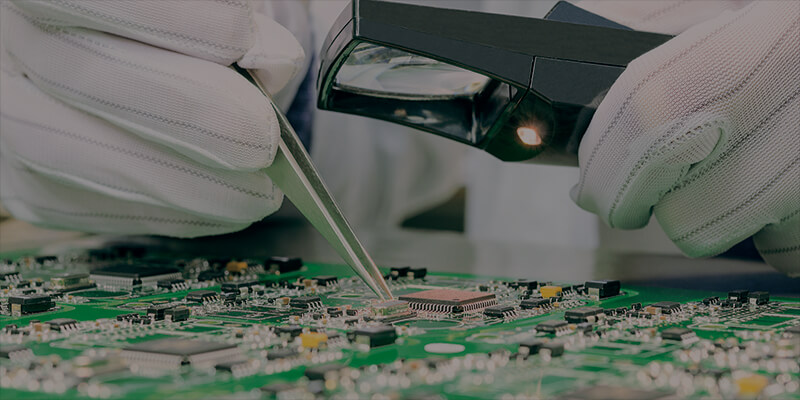According to Markets and Research, the non-volatile memory market is expected to be over $81 billion in 2022, with an annual growth rate of 9.96%. NAND Flash is currently the fastest growing storage technology. This is mainly driven by the demands of digital cameras, smartphones and laptop computers, although some traditional markets, such as MP3 players, USB sticks and even tablets, are declining as their roles are taken over by other devices. At the same time, solid state drives (SSDs) are making inroads into the server market currently dominated by hard disk drives (HDDs).
NAND Flash is ideal as mass storage for mobile devices because of its high speed, low power, small size, light weight and physical robustness (with no moving parts). Many of these characteristics, especially those relating to performance, are also valuable for applications in desktops and servers. For example, an SSD can provide 15,000 to 30,000 I/O operations per second, compared with around 150 for a disk drive.
Local versus cloud storage
There are two broad classes of mass storage: local data in devices such as smartphones or computers, and enterprise servers and data centres for the cloud. For local storage, SSDs are on the way to replacing HDDs. Considering the mobile segment from phones to notebooks, the majority of systems today is based on NAND Flash. As for Enterprise and data centres storage tiers have established using a mix of SSD and HDD.
HDDs may continue to dominate enterprise storage for some time, as hard disk technologies remain cheaper per byte (currently about $0.025/GB vs $0.25/GB for Flash). SSDs are already being used in enterprise servers, particularly where extremely fast access is required, such as in database applications. There is a market at very high price points for extremely high speed, higher than standard SSDs. The higher performance of SSDs can reduce the number of drives needed, cutting system costs. This is because the higher performance provides better support for compression and deduplication, which can reduce the total capacity required. This will, however, be offset by the increasing demand for data storage, so total storage needs will continue to grow.
The higher cost means Flash storage is often used as a complement to disks. Hybrid devices which combine the speed and power advantages of Flash with the low cost/byte of hard drives are growing in popularity in the server market. New technologies, such as multi-level cells and 3D Flash, and increased production volumes will continue to bring prices down. However, there has been a recent increase in price because of high demand coinciding with falling production capacity as manufacturers switch some of their production lines over to 3D Flash. In the longer term, the price drops may be faster than expected from Moore’s law because of the capacity improvements provided by these new technologies.
As for local storage NAND Flash is just simply taking over. Smart or Feature Phones as well as tablets use NAND Flash based storage exclusively. According to EETimes Asia and DRAMeXchange, half of the worldwide Notebook shipments in 2018 will be using SSDs as Flash vendors aggressively price their 64/72-layer 3D NAND. And the trend in replacing HDDs in ebooks that just started a few years ago certainly continues. Enterprise storage, data centers, and mobile are the largest defined storage markets. However, the remaining roughly 30% of NAND Flash devices are used in many different other markets such as Automotive, Industrial, Telecommunication infrastructure and other computing applications. Since most of these applications have an even higher requirement for reliability, the trend of replacing rotating media is also inevitable.
Reliability and lifetime
One feature of Flash memory that always seems to be brought up is the limited number of program/erase cycles that a Flash cell can endure. A single-level cell (SLC) Flash memory may have a lifetime of about 50,000 to 100,000 program/erase cycles. Some more recent 3D Flashes, which are more likely to be built-in into your SSD, may be in the range of 2,000 to 5,000 program/erase cycles. To put this in perspective, if you were to completely fill and delete your 256 GB SSD once every day, it would take you more than 10 years to reach the cycle limits. A hard disk would probably not survive that long either. That is a very rough estimate, which doesn’t take into account the fact that extra writes are needed to manage the storage allocation, over-provisioning of capacity in Flash memories and administrative overhead especially for small random write traffic. All of these factors are included in the concept of write amplification and refer to the fact that the physical write activity for the NAND Flash is higher the user activity. However, with a good controller SSDs are delivering life-times at least as good as hard drives already. Additionally, SSD offer advantages in speed, low power and high reliability. As prices fall, these factors will continue to drive the pace of HDD replacement.

